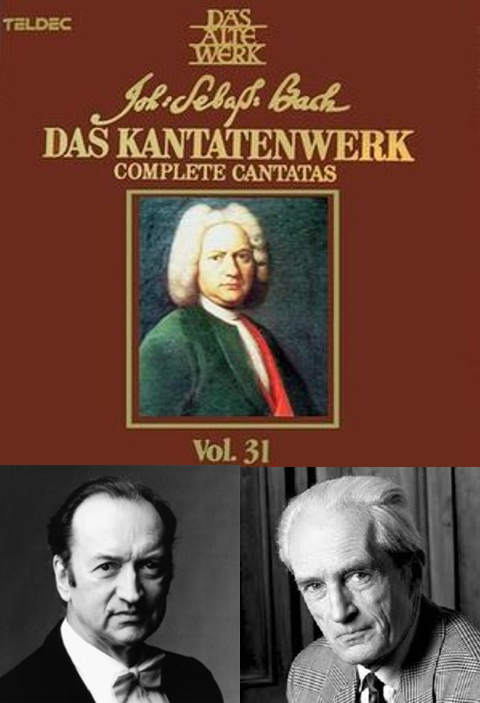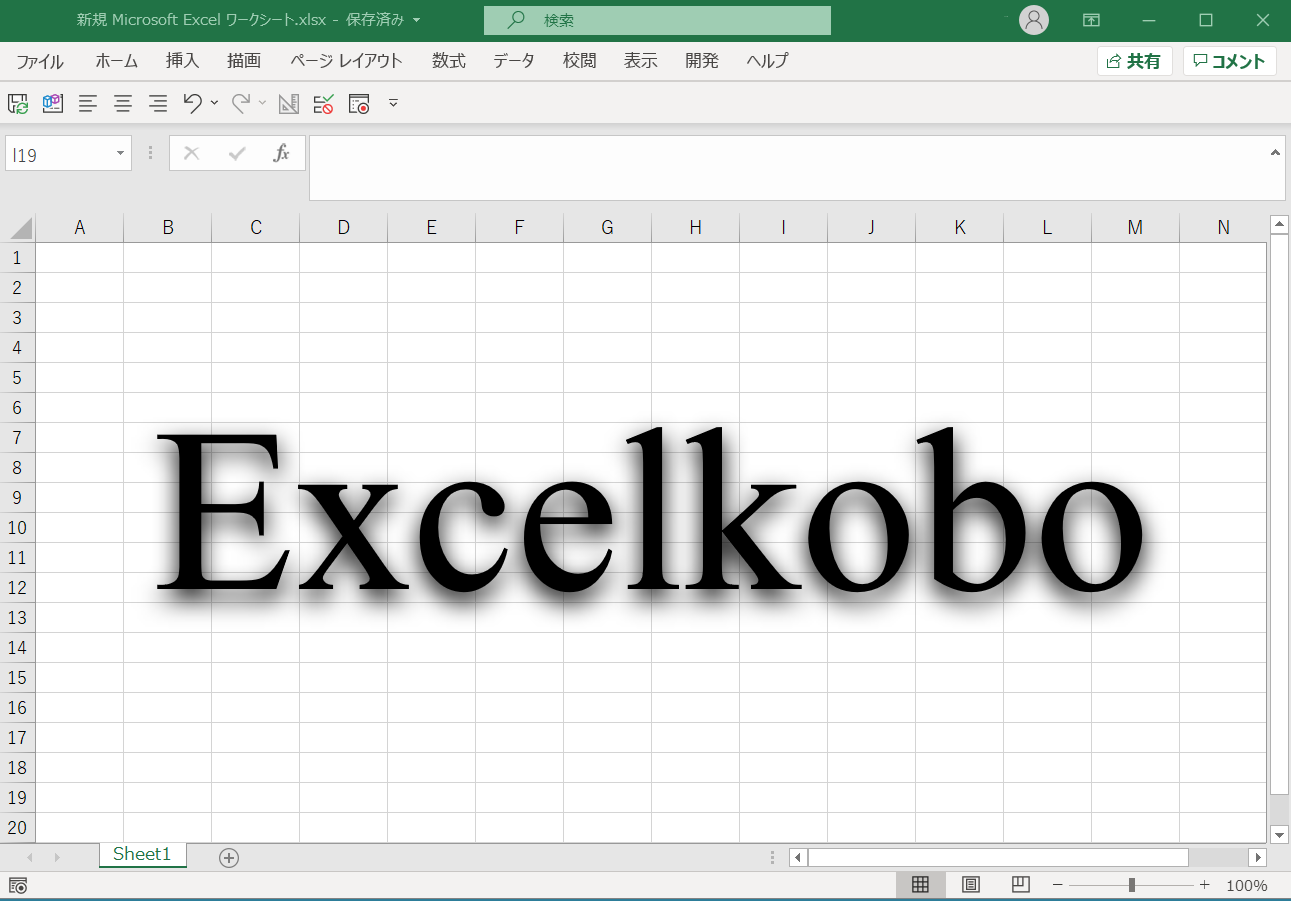The Complete Bach Cantatas / Leonhardt, Harnoncourt
At that time, the West German label “Archiv” (yes, there were two Germany a long time ago!) was special to Baroque music fans of my age. The Archiv label was the early music division of Deutsche Grammophon, specializing in medieval, Renaissance, baroque records. It attracted a lot of fans by adopting the elegant jacket design and the advanced old musical instrument player of the time. In Japan, there was a fan group called “Archiv Tomo no Kai”, which provided a quarterly booklet service when the annual membership fee is paid. I was belong to there too, but the members had a sense of superiority that made them feel like they were “musical elites.” The artists belonging to the Archiv label include Karl Richter, Pierre Fournier, Aurele Nicolet and Helmut Walcha. Many of the ancient instrumentalists were Basel Scola Cantorum players such as Eduard Melkus, August Wenzinger, and Hans Martin Linde. In retrospect, their performances were never original in the strict sense of the word. Nevertheless, as one of the original supremacists, I listened to their performances very hard. For example, I had a collection of Corelli and Handel’s violin sonatas played by Melkus, but I was impressed by the fact that he used the rare “lute” as an accompaniment instrument. The use of lutes in basso continuo is not uncommon nowadays, but the situation at that time was completely different.
On the other hand, cutting-edge ancient instrumentalists from the Netherlands and Belgium often recorded on another label, “Telefunken”. There were Gustav Leonhardt, Frans Brüggen, the Kuijken brothers, etc., and there was also Nikolaus Harnoncourt in Vienna. Their Bach’s complete cantatas “DasKantatenwerk” (analog), is a work that should be called a “monumental tower” in the recordings of those days. Above all, it was wonderful to appoint a boy soprano soloist (only two cantatas are by female sopranos), including the privilege of getting all musical scores. Since it was a complete collection recorded over the years, there must have been a change of generations for the soloists. The boy soprano with the best condition on the moment have been selected . I think it was a truly luxurious collection. If I were to be harsh, about woodwind players, there was some “mixture of wheat and chaff” , but it may be unavoidable. It is true that there was a considerable difference in the ability of woodwind players between the Leonhard and Harnoncourt orchestras. For example, in BWV115 aria, the flute ornamentation was completely wrong. The soloist and viola are correct, but only the flute remains wrong until the end and is not corrected, etc.
Now, I wrote that there are two cantatas sung by female soprano in Telefunken’s complete collection of Bach’s cantatas. It’s No. 51 “Jauchzet Gott In Allen Landen” and No. 199 “Mein Herze Schwimmt Im Blut”. Why was the boy soprano removed from these cantatas? The reason is not stated in the CD liner notes at all. Speculation is that it was judged unsuitable for juvenile soprano due to technical difficulty. It seems to be convincing, at least for No. 51. But what about No. 199? It seems that there is no technical problem. If anyone knows the reason, please let me know. #baroque #bach #cantata #片山俊幸


